The $35 Nike Logo That Became a Fortune
Designers argue about pricing all the time. Some say that creatives should always charge their worth, while others believe that the right opportunity matters more. So, when you see the iconic Nike Swoosh, you might argue that it was designed by an important advertising or branding firm.
What if I told you, you’re wrong? It was designed in 1971 by a college student for just $35.
The story of the $35 Nike logo proves that value in design isn’t always about immediate cash. In this blog post, we explore the fascinating journey, the lessons designers can take from it, and how to identify high-value opportunities that offer more than just a paycheck.
The Story Behind the Nike Logo and Its $35 Price Tag
In 1971, Phil Knight, then a professor at Portland State University and co-founder of a small startup called Blue Ribbon Sports, was preparing to launch his line of athletic shoes. He turned to Carolyn Davidson, a graphic design student, whom he had met two years earlier. At the time, Davidson was looking for extra cash to take oil painting classes, so Knight hired her for design work at just $2 an hour.
When Knight needed a logo for his new brand, he asked Davidson to come up with a stripe or symbol that could go on the side of the shoe. After multiple concepts, she finalized the now-iconic Nike Swoosh, a simple check mark shape that conveyed movement, and speed inspired by the wings of Nike, the Greek goddess of victory.
After 17.5 hours of design, Davidson received just $35 for her work, the equivalent of about $250 today. Knight wasn’t immediately impressed, but he went with it anyway. Decades later, that $35 design has grown into one of the most recognizable logos in the world, representing a company worth over $110 billion.

Why the Nike Swoosh Was More Than Just a Paycheck
At first glance, Carolyn Davidson’s $35 payment for designing the Nike Swoosh might seem unfair. However, her contribution went far beyond a simple transaction. The logo became the foundation of one of the most recognizable brands in the world, and Davidson’s relationship with Nike extended well beyond that first project.
In 1983, Nike formally acknowledged her role in shaping its identity. Phil Knight invited her to a special ceremony, where she received a gold Swoosh ring with an embedded diamond and 500 shares of Nike stock, shares that have since multiplied into thousands and are now worth millions. More importantly, the project led to further opportunities, proving that the right work, even when undervalued initially, can create long-term success.
Davidson’s story is a reminder that every design, every connection, and every opportunity can shape a legacy.
Lessons for Designers: When Payment Isn’t Just About the Money
As a designer, getting paid fairly for your work is important but sometimes, the best opportunities aren’t just about the immediate paycheck. Some projects might offer long-term value that can shape your career, build your reputation, and even lead to unexpected financial rewards down the line.
Here’s how to recognize when a project is worth more than just money and how to negotiate for the bigger picture.
1. Understand the Long-Term Value of Your Work
Not every project will come with a fat paycheck, but that doesn’t mean it’s not worth your time. Some opportunities offer benefits such as:
A chance to work with bigger clients
Royalties or stock options
A portfolio piece that attracts high-paying work
But how do you spot these valuable opportunities before they blow up?
2. Spot High-Potential Clients Early
Not all low-budget clients are bad clients. Some of today’s small startups grow into tomorrow’s industry leaders, and the designers who build relationships with them often reap the benefits later. A valuable client is often led by a passionate, visionary founder with an innovative business idea and a strategy for growth. If you recognize these qualities, it might be worth considering alternative forms of compensation beyond a one-time fee.
3. Negotiating Beyond the Initial Fee
If you believe a startup has strong potential, think beyond an upfront payment. Instead of just accepting what’s offered, explore options like equity, stock options, royalties on future sales, or long-term contracts. These arrangements can turn a single project into an investment that pays off over time.
However, not every project is worth this kind of risk. So how do you know when to take the chance and when to walk away?
4. Know When to Walk Away
While it’s great to think long-term, not every low-budget project is worth your time. Some clients will promise “exposure” without offering any real value in return. So before agreeing to a low-paying project, ask yourself:
Do they genuinely value my work, or are they just looking for cheap labor?
Will this project help you grow, build credibility, or expand your network?
Is there a clear and fair agreement on compensation in cash, equity, or future opportunities?
If a well-funded company refuses to pay fairly, that’s a red flag. Your skills have value, don’t let anyone convince you otherwise.
So, how do you consistently find clients who offer more than just a paycheck?
How to Identify Clients That Offer More Than Just a Paycheck
1. Look Beyond the Budget
Instead of focusing solely on how much a client is offering, take a step back and look at the bigger picture. Consider the company’s vision, its growth potential, and whether this could lead to long-term collaboration. Some projects might not pay much upfront, but they could help build your personal brand, attract future opportunities, or connect you with high-profile clients.
2. Assess Future Benefits
A low-paying project can still be valuable if it offers strategic benefits like a chance to work with well-known brands, access to a network of potential clients, or a strong portfolio case study that makes it easier to land high-paying work in the future.
3. Negotiate Smartly
If you recognize that a client has strong potential, don’t settle for the first offer. Negotiate for a deal that benefits both parties, perhaps securing partial payment upfront with the rest in equity, structuring a contract that includes future royalties, or ensuring you receive proper credit and publicity for your work. The goal is to make sure your contribution is recognized and rewarded, both now and in the long run
Key Takeaway: Play the Long Game
At the end of the day, you’re not just a designer, you’re a creative strategist. Your work has value beyond just pixels on a screen, and the right clients will recognize that.
Carolyn Davidson’s story proves that big rewards don’t always come immediately. She was only paid $35 for designing the Nike Swoosh, but years later, Nike honored her with stock shares that are now worth millions. But this doesn’t mean you should work for peanuts and hope for a lucky break, instead make strategic decisions.
Know when to invest in opportunities, when to demand fair pay, and, most importantly, always know your worth. Because who knows maybe your next project could be the Nike Swoosh of tomorrow.
FAQs
1. Did Carolyn Davidson regret designing the Nike logo for just $35?
No. Although she was initially paid only $35, Nike later compensated her with company stock (now worth millions) and a gold Swoosh ring with an embedded diamond.
2. Should designers work for low pay or free?
Not always. However, if a project offers significant long-term value—such as exposure, equity, or future opportunities—it may be worth considering.
3. How can I ensure I don’t undervalue my work?
Always assess a client’s potential and negotiate accordingly. If taking lower pay, ensure there are other valuable benefits, such as stock options, publicity, or long-term contracts.
4. What are some other famous logo designs that were initially low-paid?
The Twitter logo was designed for just $15.
The Google logo was created by a co-founder using a basic design tool for $0.
The Coca-Cola logo was created by John Pemberton’s bookkeeper, Frank Mason Robinson for $0.




